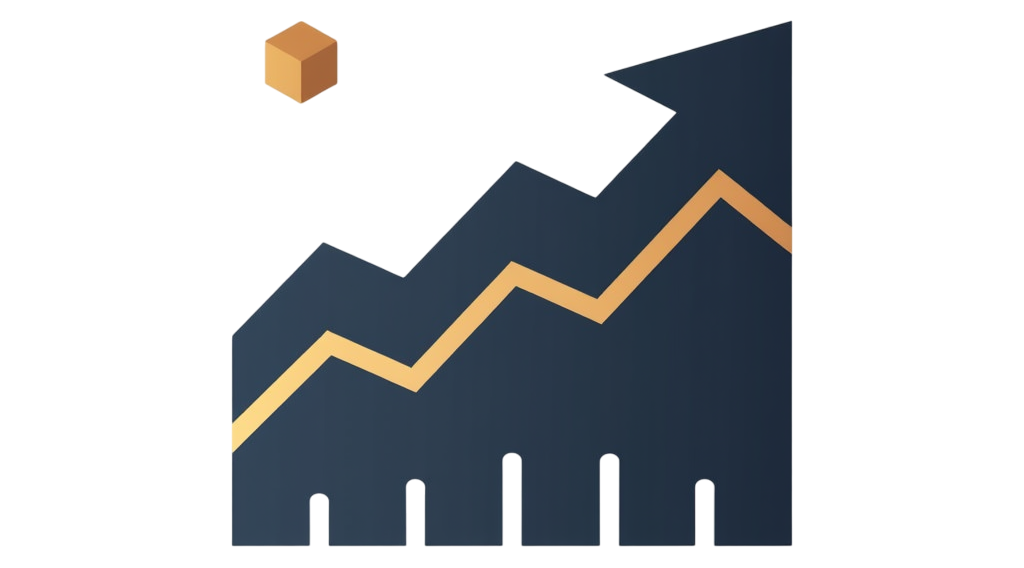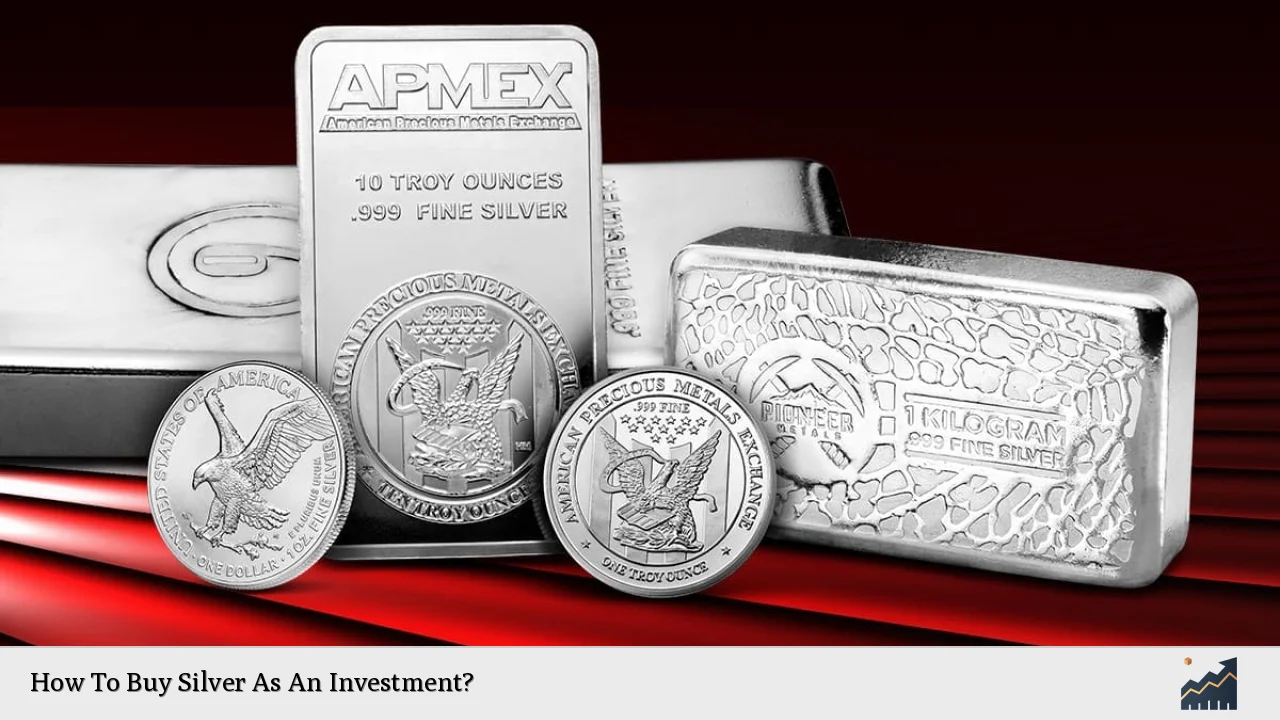Investing in silver can be a rewarding venture for those looking to diversify their portfolios or hedge against economic uncertainties. Silver has long been recognized as a valuable asset, not only for its aesthetic appeal but also for its practical uses in various industries. Whether you are a seasoned investor or a beginner, understanding the different methods of purchasing silver is crucial for making informed decisions.
Silver can be acquired in several forms, including physical bullion, exchange-traded funds (ETFs), mining stocks, and futures contracts. Each method has its unique advantages and potential drawbacks, making it essential to assess your investment goals and risk tolerance before diving in.
| Investment Method | Key Features |
|---|---|
| Physical Silver | Direct ownership; tangible asset |
| ETFs | Liquidity; lower risk of theft |
| Mining Stocks | Potential for dividends; exposure to company performance |
| Futures Contracts | Leverage; higher risk; suitable for experienced investors |
Understanding the Different Ways to Invest in Silver
Investors have multiple options when it comes to purchasing silver. Each method caters to different investment strategies and preferences. Here’s a closer look at the four primary ways to invest in silver:
- Physical Silver: This includes buying silver coins, bars, or rounds. Physical silver provides the investor with tangible assets that can be stored and sold at will. However, it requires secure storage and insurance against theft.
- Silver ETFs: Exchange-traded funds that invest in physical silver or silver-related companies are popular among investors who prefer not to handle physical metal. ETFs offer liquidity and ease of trading on stock exchanges.
- Mining Stocks: Investing in companies that mine silver can yield significant returns if the price of silver rises. Mining stocks can also provide dividends, making them attractive for income-seeking investors.
- Futures Contracts: These contracts allow investors to buy or sell silver at a predetermined price on a future date. While this method can amplify profits, it also carries higher risks and is generally suited for experienced traders.
Buying Physical Silver
Purchasing physical silver is one of the most straightforward methods of investing in this precious metal. Investors can buy silver in various forms, including coins, bars, and rounds. Here’s how to go about it:
- Choose a Reputable Dealer: It’s essential to find a trustworthy dealer when buying physical silver. Look for dealers with positive reviews and transparent pricing.
- Understand Pricing: The price of silver fluctuates based on market conditions. Be sure to check the current spot price before making a purchase. Dealers typically mark up prices to cover their costs.
- Select Your Product: Decide whether you want coins or bars. Coins often carry a premium due to their collectibility, while bars may offer better value per ounce.
- Storage Solutions: Consider how you will store your silver safely. Options include home safes or safety deposit boxes at banks.
Investing in Silver ETFs
Exchange-traded funds (ETFs) provide an excellent way to invest in silver without the need for physical storage. Here’s how to invest in silver ETFs:
- Open a Brokerage Account: To buy ETFs, you’ll need an account with a brokerage that allows trading on stock exchanges.
- Research Available ETFs: Look for ETFs that track the price of silver or invest in silver mining companies. Popular options include the iShares Silver Trust (SLV) and Aberdeen Standard Physical Silver Shares ETF (SIVR).
- Monitor Performance: Keep an eye on the performance of your chosen ETF relative to the price of silver and overall market conditions.
Investing in Mining Stocks
Investing in mining stocks allows you to gain exposure to the performance of companies involved in silver extraction. Here’s how to approach this method:
- Research Mining Companies: Look into various mining companies and assess their financial health, production levels, and market position.
- Consider Diversification: Instead of investing all your funds into one company, consider diversifying across several mining stocks to mitigate risks.
- Evaluate Dividend Potential: Some mining companies pay dividends, providing an additional income stream alongside potential capital gains from stock appreciation.
Trading Silver Futures
Silver futures are contracts that obligate the buyer to purchase (or the seller to sell) a specific amount of silver at a predetermined price on a future date. This method is more complex and involves higher risks:
- Understand Futures Trading: Familiarize yourself with how futures contracts work before entering this market. This includes understanding margin requirements and potential losses.
- Use a Futures Broker: You’ll need an account with a broker that specializes in futures trading. Ensure you understand their fee structure and trading platform.
- Monitor Market Trends: Keep abreast of market conditions that could affect silver prices, including economic indicators and geopolitical events.
Factors Influencing Silver Prices
Several factors can impact the price of silver significantly:
- Economic Conditions: Silver is often seen as a safe haven during economic downturns. Demand tends to rise when economic instability is anticipated.
- Industrial Demand: A significant portion of silver is used in industrial applications such as electronics, solar panels, and medical devices. Increased demand from these sectors can drive prices higher.
- Inflation Rates: As inflation rises, many investors turn to precious metals like silver as a hedge against currency devaluation.
Risks Associated with Investing in Silver
While investing in silver can be rewarding, it’s essential to be aware of potential risks:
- Market Volatility: Silver prices can be highly volatile, leading to significant fluctuations in investment value over short periods.
- Storage Concerns: For those investing in physical silver, storage and security become critical issues that require careful planning.
- Liquidity Issues: Depending on how you invest (especially with physical assets), selling your investment quickly may pose challenges during market downturns.
FAQs About How To Buy Silver As An Investment
- What is the best way to buy physical silver?
The best way is through reputable dealers who offer competitive pricing on coins or bullion. - Are there risks associated with investing in silver?
Yes, risks include market volatility and potential liquidity issues when selling. - Can I invest in silver through my retirement account?
Yes, some ETFs that hold physical silver can be included in retirement accounts. - How do I determine if I’m paying too much for silver?
Always compare dealer prices against the current spot price before purchasing. - Is investing in mining stocks safer than buying physical silver?
Mining stocks carry different risks but can provide dividends; however, they are still subject to market volatility.
Investing in silver offers various avenues depending on your financial goals and risk tolerance. Whether you opt for physical assets or financial instruments like ETFs or stocks, understanding each method’s nuances will help you make informed decisions that align with your investment strategy.

